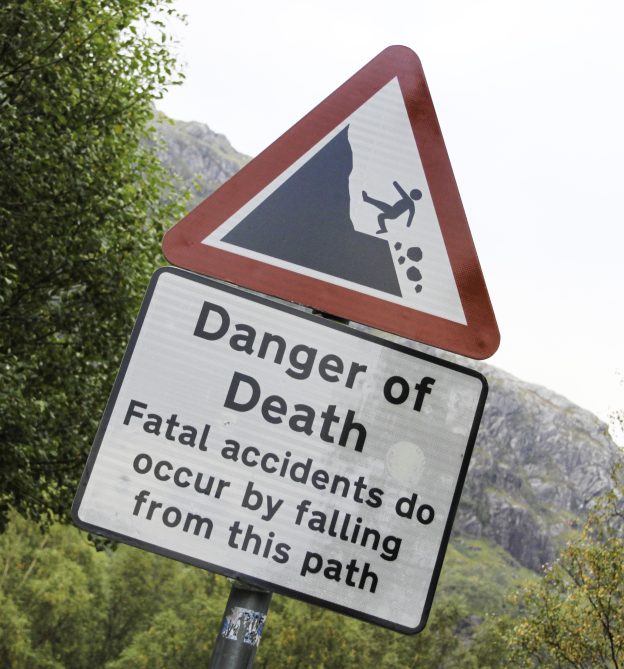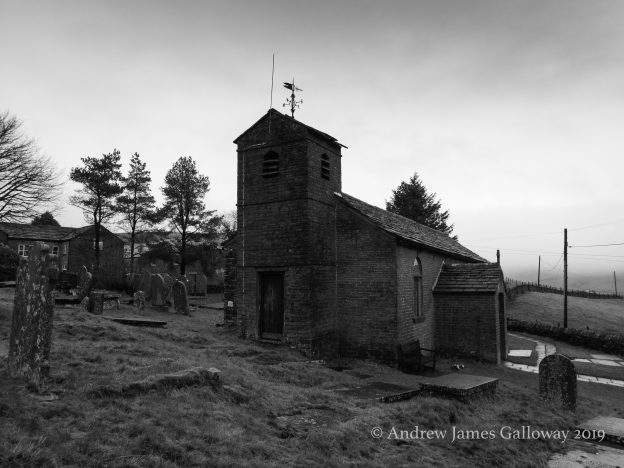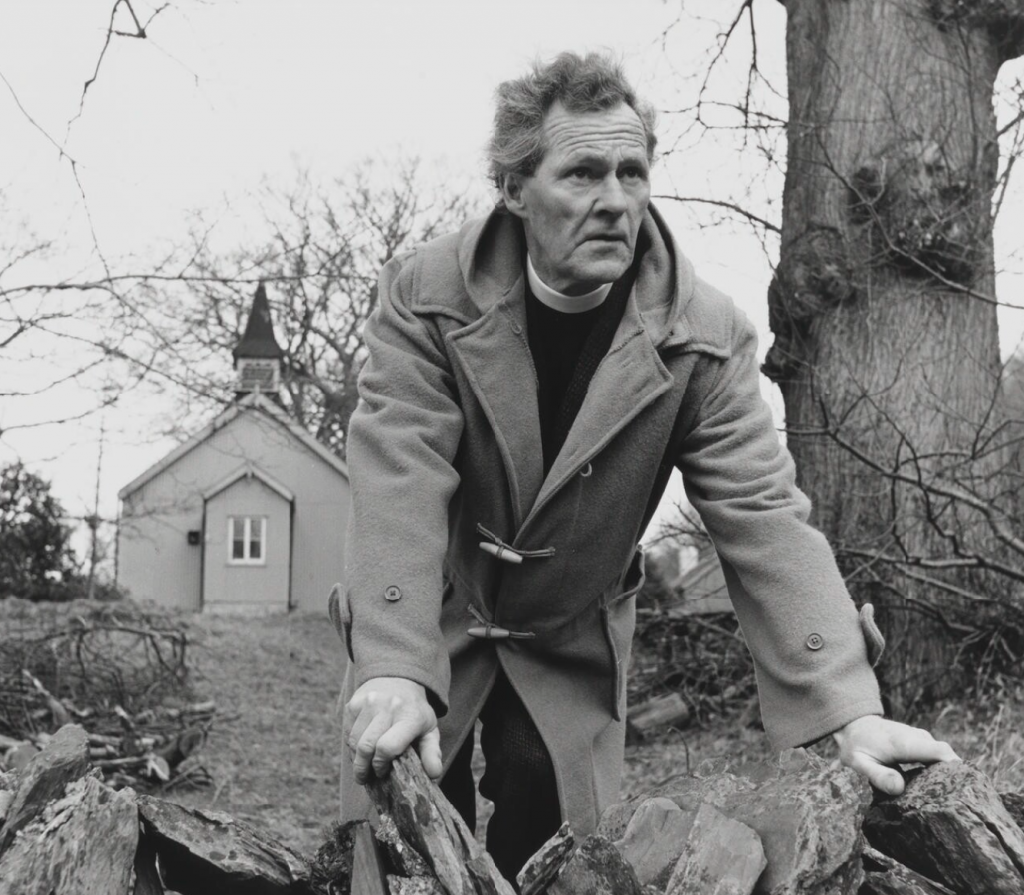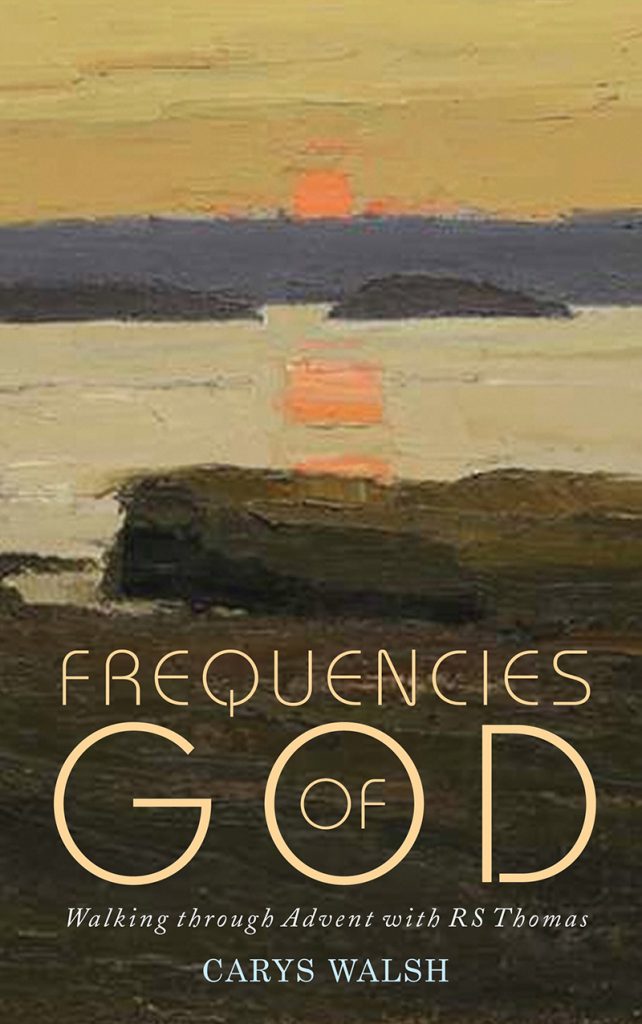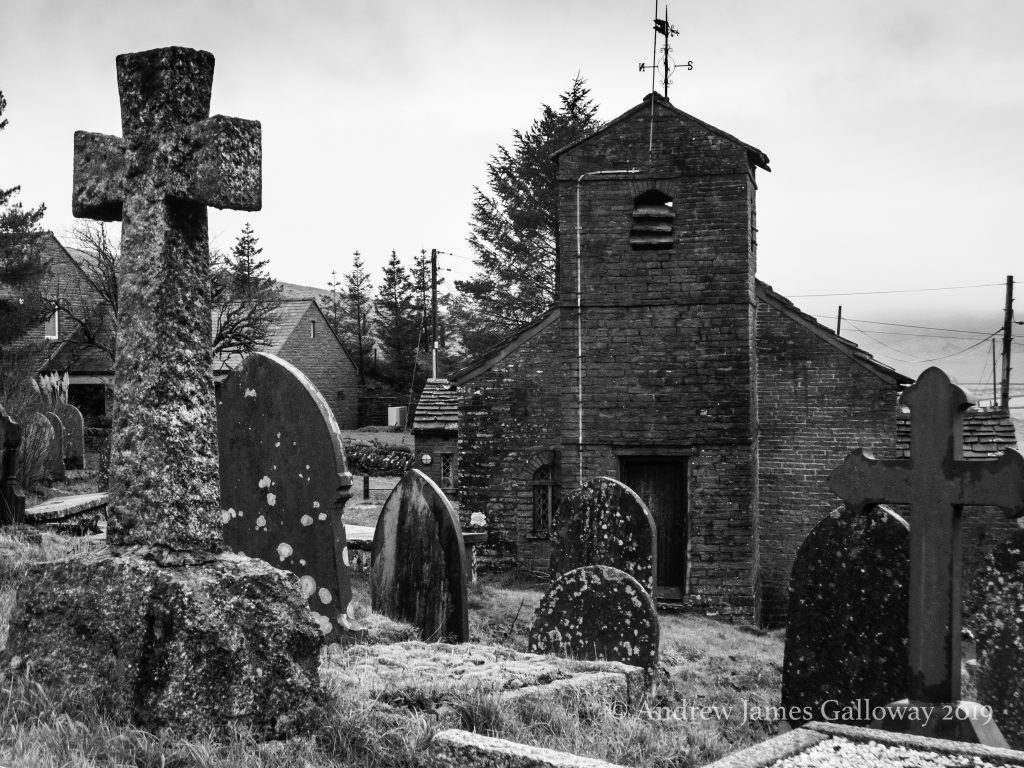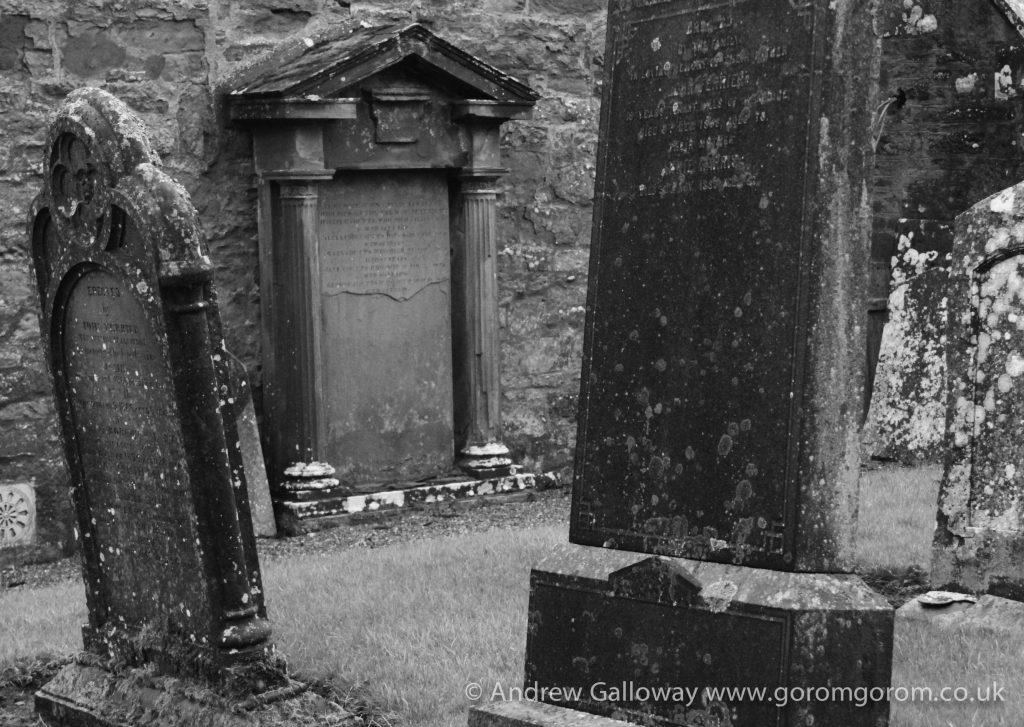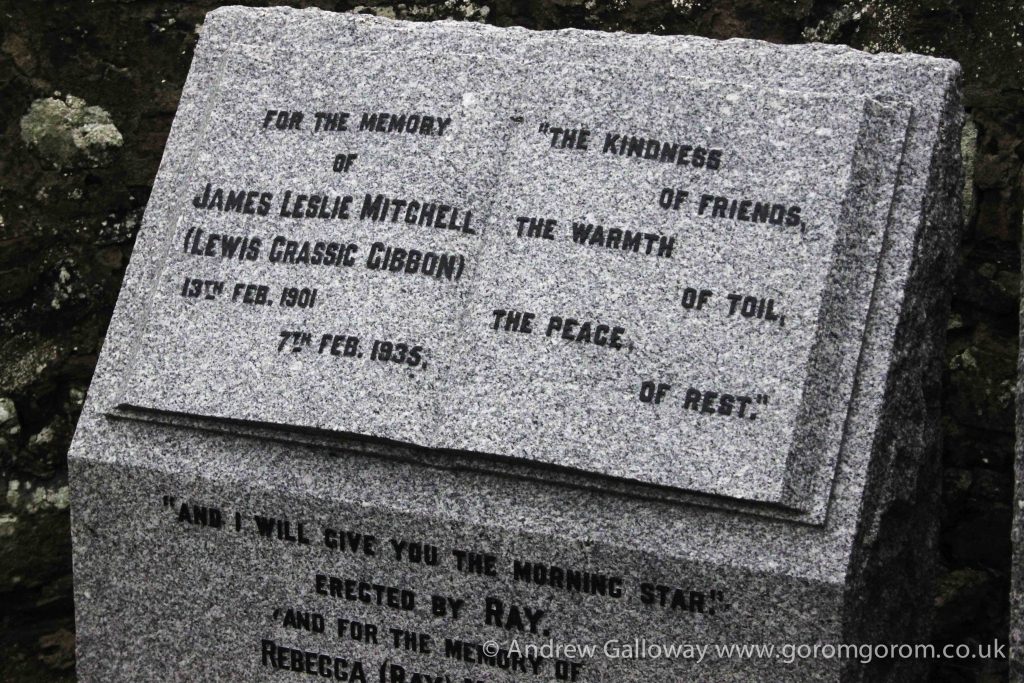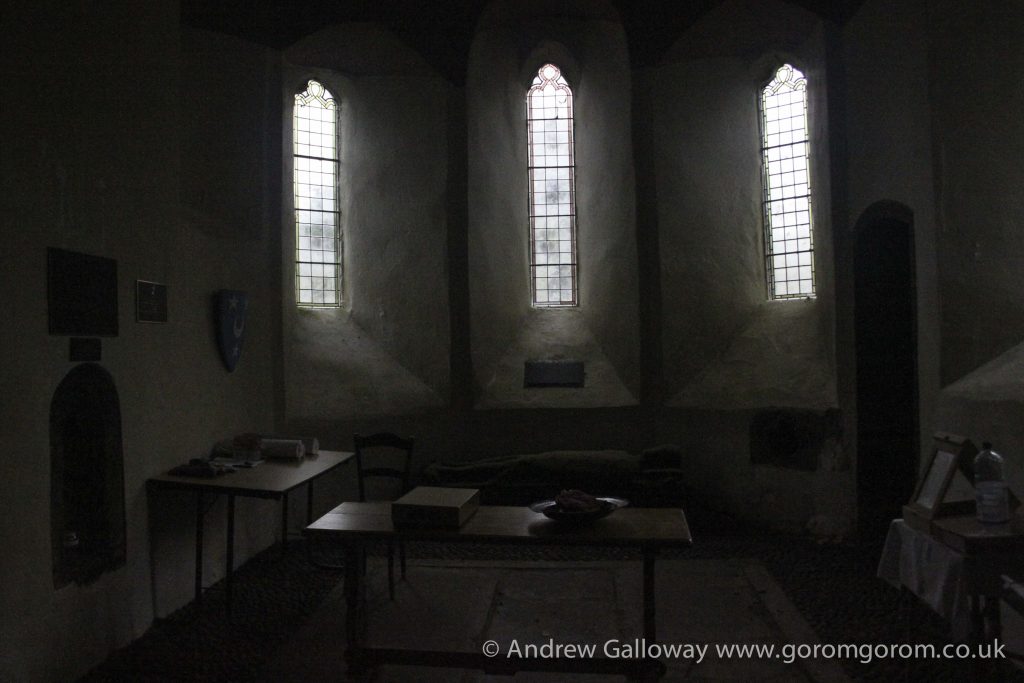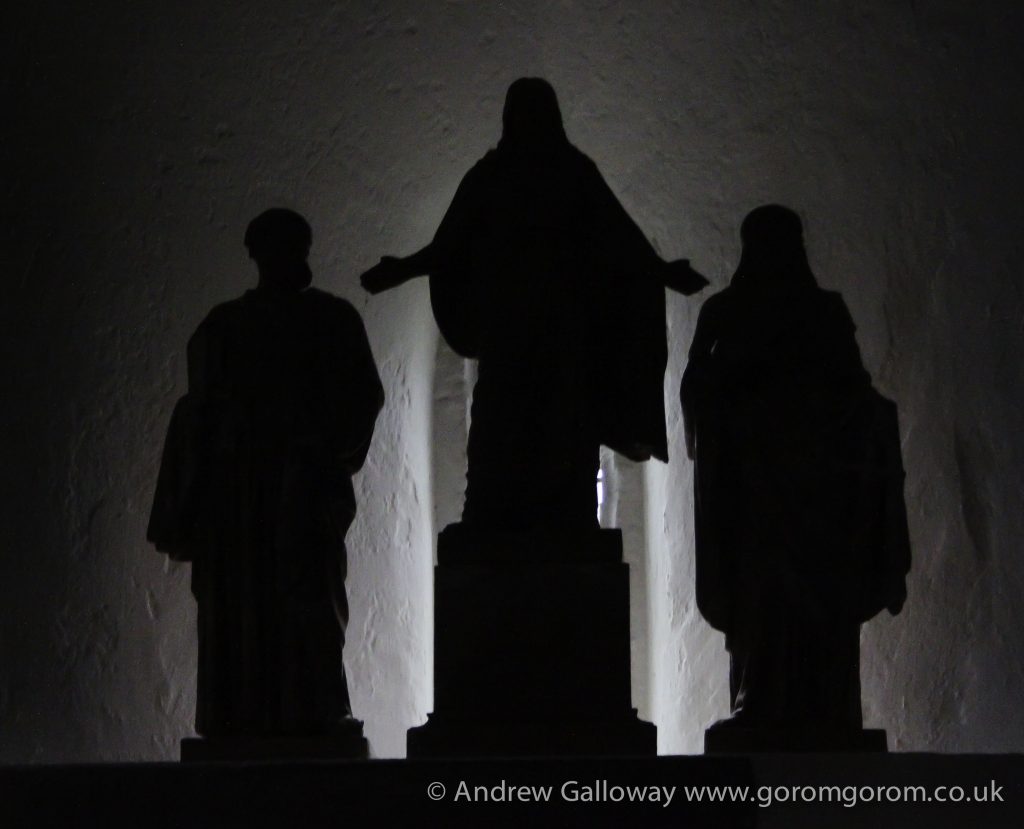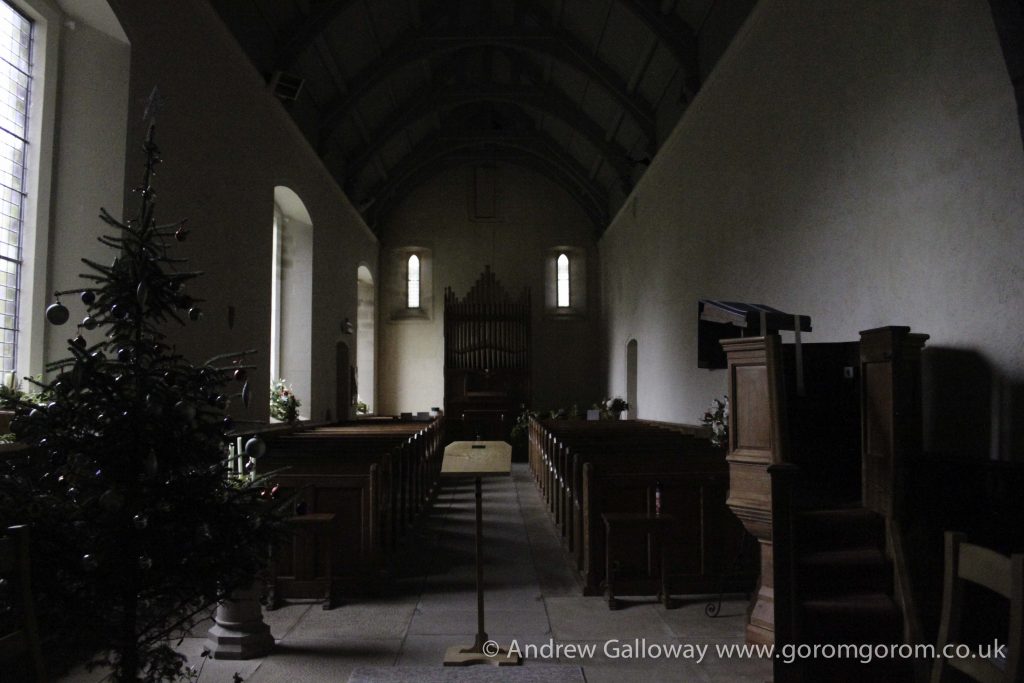According to a random statistic, which I stumbled upon when Googling about Facebook, and which by no means am I able to verify, the average Facebook user is connected to eighty community pages, groups and events. An exaggerated claim perhaps. I checked. I have fifty-five! One particular Facebook group I am a member of is ‘Munroaming’ a lively, active community run by the blogger and outdoor journalist Fiona Russell for those interested, as so many people are, in ‘bagging’ all 284 Scottish mountains as surveyed by Sir Hugh Munro’s as having above 3,000 feet in height. It was here that one dull Sunday afternoon, as I was watching the Mancunian raindrops stream tearfully down my patio doors, I posted that I was interested in completing the Aonach Eagach ridge in Glen Coe and was looking for a bit of company, being a bit of a Scottish novice (my Munro tally is barely into double figures) and not knowing anyone with the necessary skills to accompany me. For several days my post sat unacknowledged. There was the occasional ‘like’ but nothing concrete, and I began to consider postponing the whole enterprise until the spring, when up popped a notification and suddenly the game was on. I had been contacted by a gentleman named David who had completed the infamous ridge walk once before but who was keen to do it again. Suitable dates were discussed, two other likely suspects were enrolled in the offensive and before I had any second thoughts, I was driving north along the M6 motorway towards Glen Coe.
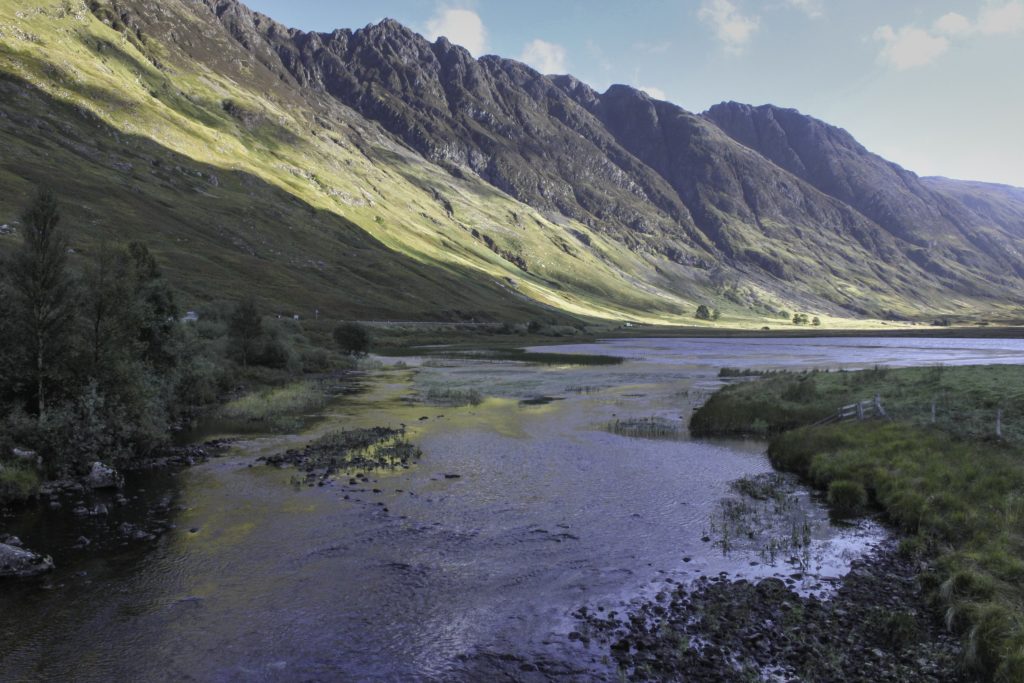
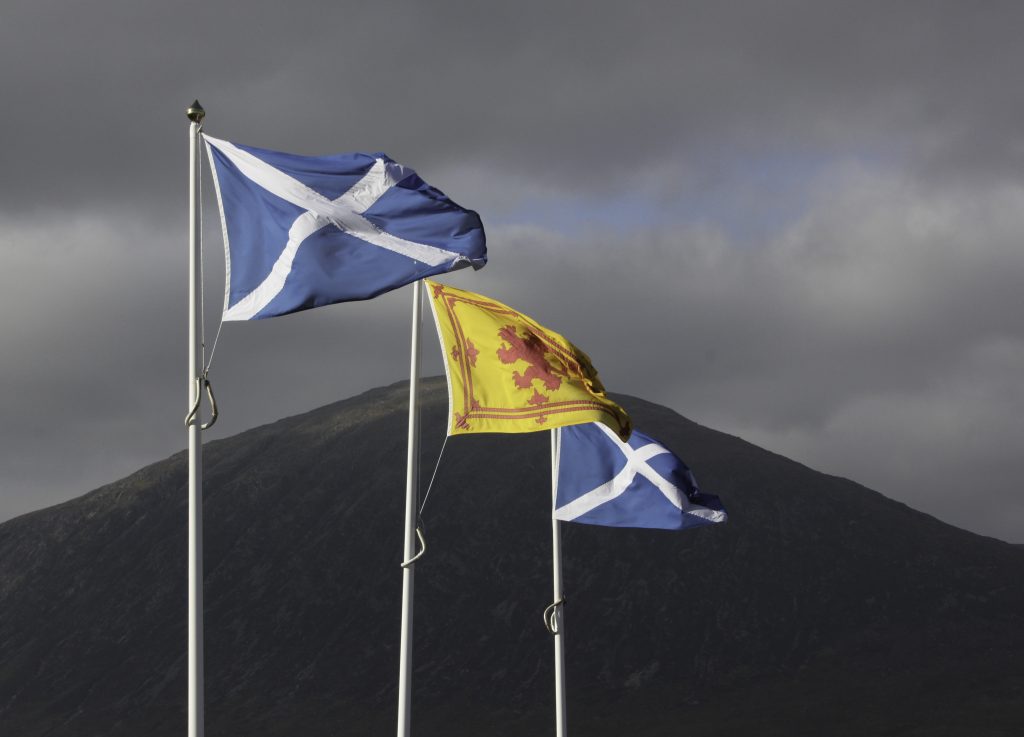
The Aonach Eagach ridge, stretching along the northern side of Glen Coe, is something on an enigma. Often described as the most challenging ridge walk on the British mainland, it is a real feather in the cap of any aspiring Munroist. Part of the mystery of the ridge is artificially maintained by the many tall stories about it, usually in the bar of the Clachaig Inn at the western end of the ridge, but also scattered liberally about the Internet on walking forums. One veteran of the route posted about how he and his friend took a wrong turn and descended too early towards the afore mentioned Inn, his friend sustaining three broken ribs as a result of falling on the steep, lose scree.
It is fair to say that there was something of an air of trepidation around the campfire at the Red Squirrel campsite that evening as the four of us, myself, David, Mick and Stefan, began to get to know each other a little better. Later that night, lying in my tent before I drifted off into a restless sleep, assailed by dreams of being pursued through an unending labyrinth of corridors by an unseen adversary, the thought did briefly cross my mind that although it was statistically unlikely, there was the very real possibility that the very next day could be my last. Thankfully, I was able to dismiss the thought as morbid paranoia.
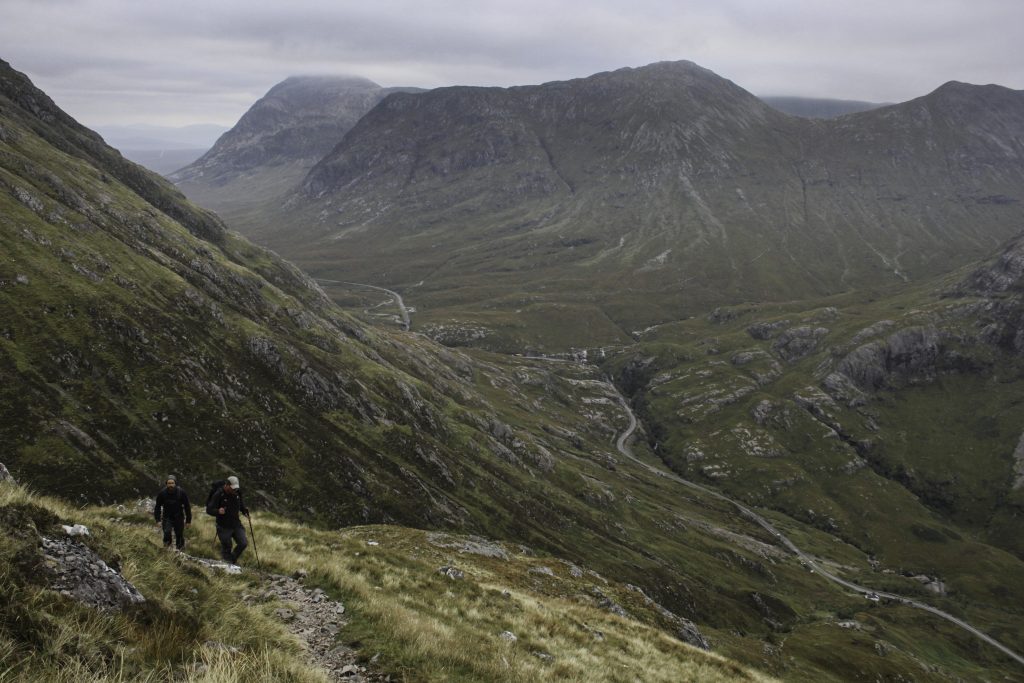
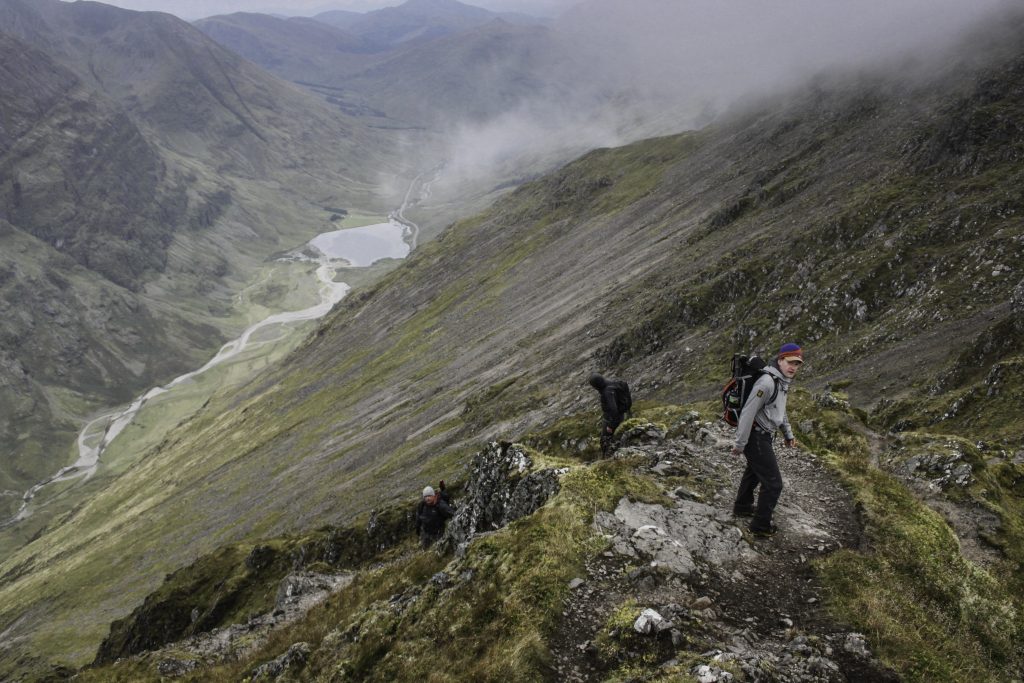
We elected on an early start, the myriad guide books and internet postings indicating that this was going to be a long day, packing ourselves and our day packs into one car, whilst leaving the other at the campsite. From the layby on the north side of the A82, just beyond the Three Sisters’ viewing point, we began the steep, zig-zagging climb to Am Bodach, rising some 800m above the level of the road, a lethargic morning mist still veiling the summit in cloud.
Just to the west of Am Bodach the ground dropped away steeply about 20m and we paused, nervously, for a few minutes to gather composure. We had collectively agreed to take a safety rope with us just in case one of us became cragfast – there was no contingency for all four of us becoming cragfast! But as the swirling mist began slowly to rise above the precipice of The Chancellor beneath us, the presence of two early bird walkers at the foot of the crag gave encouragement. I shouted down to them, asking how difficult they had found the descent. “You’ll be fine,” they shouted back, “just take your time.” So packing away our flasks of tea and coffee we nervously wished each other well and after a very brief discussion about who should lead, “no you first,” “no really, after you,” we set off. In actual fact this first and most nerve wracking down-climb of the ridge, a diagonal descent across the crag, was with close concentration, a firm hand and a slow and steady pace, completed with relative ease. I was reminded just how agile and adaptive the human body can be when put to the task.
The four of us re-grouped at the foot of the crag, glancing back to the glistening wall of black volcanic rock with a collective sigh of “well, that wasn’t too bad,” aware that more challenging ground lay ahead. A clear path snaked its way seductively upward without complications to the summit of Meall Dearg at 953m above sea level. Famously, this was the final Munro to be completed by the Rev. A. E. Robertson in September 1901, making him the first person to complete a full round of the Scottish mountains defined by the enigmatic Sir Hugh Munro. Legend states that Robertson first kissed the summit cairn, then his wife. There is no mention of how they tackled that pesky down climb off Am Bodach.
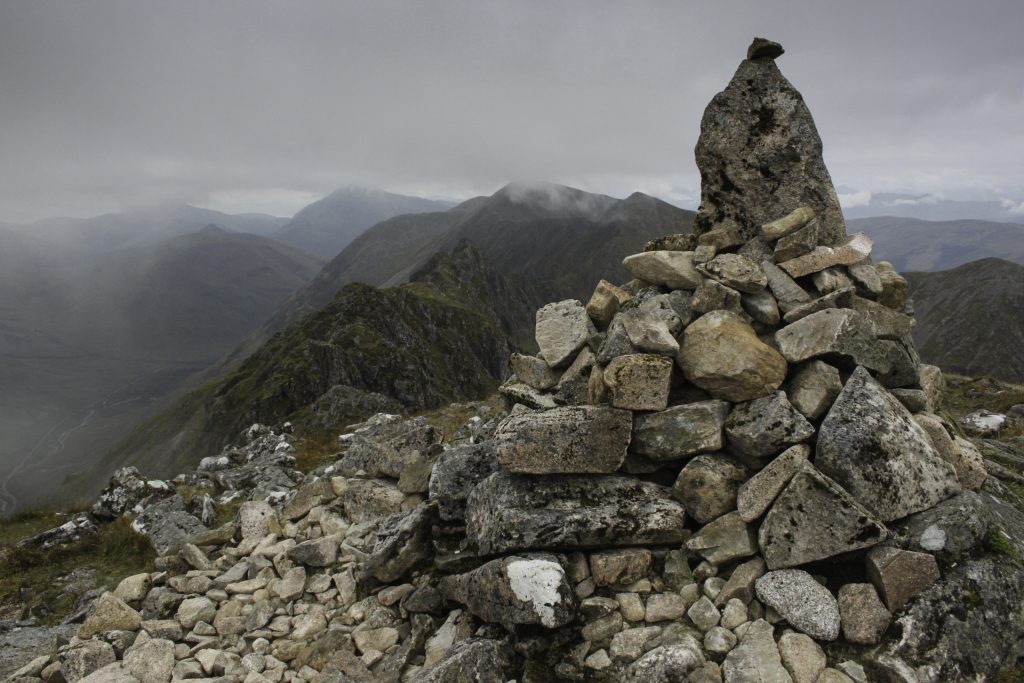
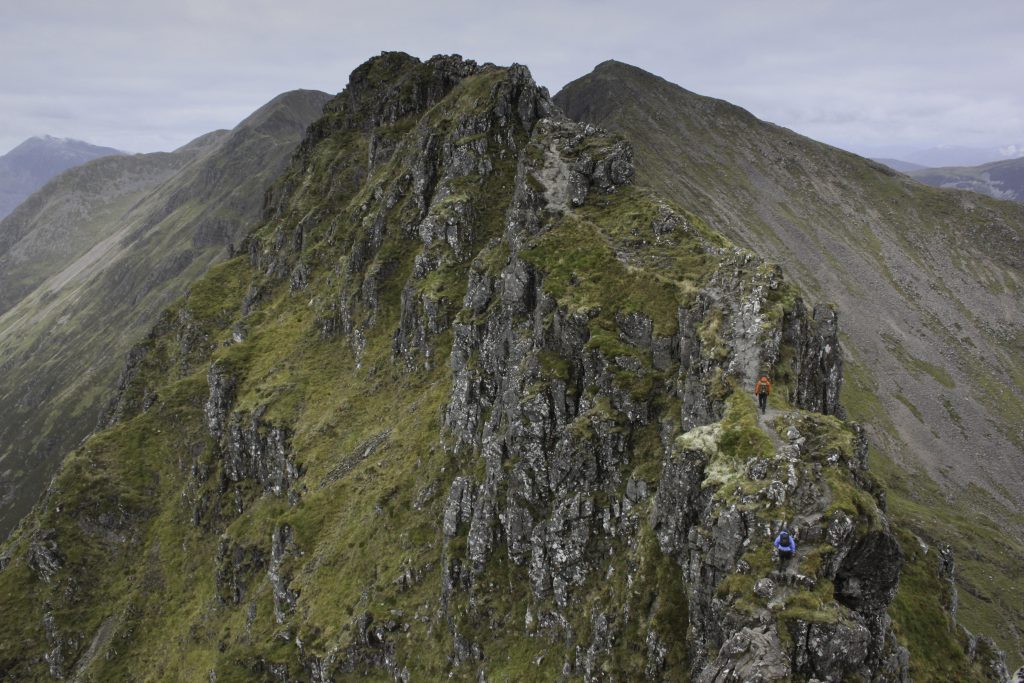
From the summit of Meall Dearg the centre, and most challenging section of the Aonach Eagach revealed itself, like a bride lifting her veil, a veritable rollercoaster of Rhyolitic rock, undulating westwards for two kilometres, its vertiginous flanks falling abruptly more than 800m on either side, meaning a simple stumble could deposit you variously by the shores of Loch Leven to the north or at the foot of the multitudes of sightseers congregated at the Three Sisters’ viewing points on the A82 road.
Taking the appearance of a sinusoid, the main difficulties of the Aonach Eagach occur not in scrambling up the numerous gullies and chimneys facing eastwards, but in having achieved the crest of a razor sharp pinnacle, being confronted with a steep, precarious descent as the sinusoid undulates towards the summit of Stob Coire Leith. My personal preference on such rocky descents is to face inwards to the rock, although I appreciate that this may be an unnerving concept at first, but having gained confidence through practise, this method of making those notorious down climbs gives far greater stability than the facing outward alpine bottom-shuffle we have all resorted to at one time or another.
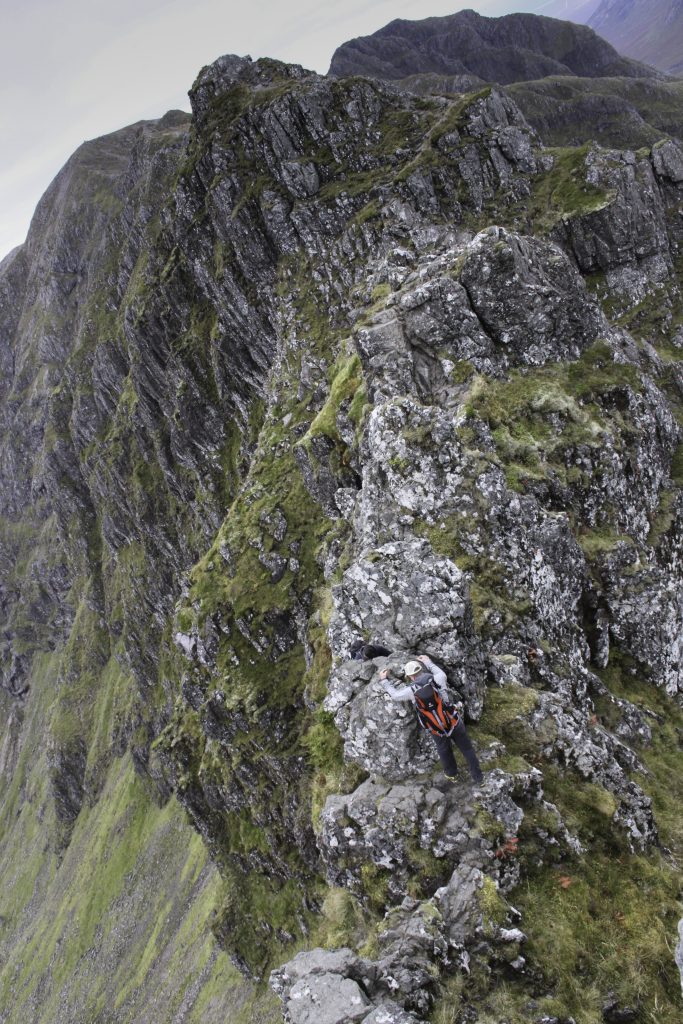
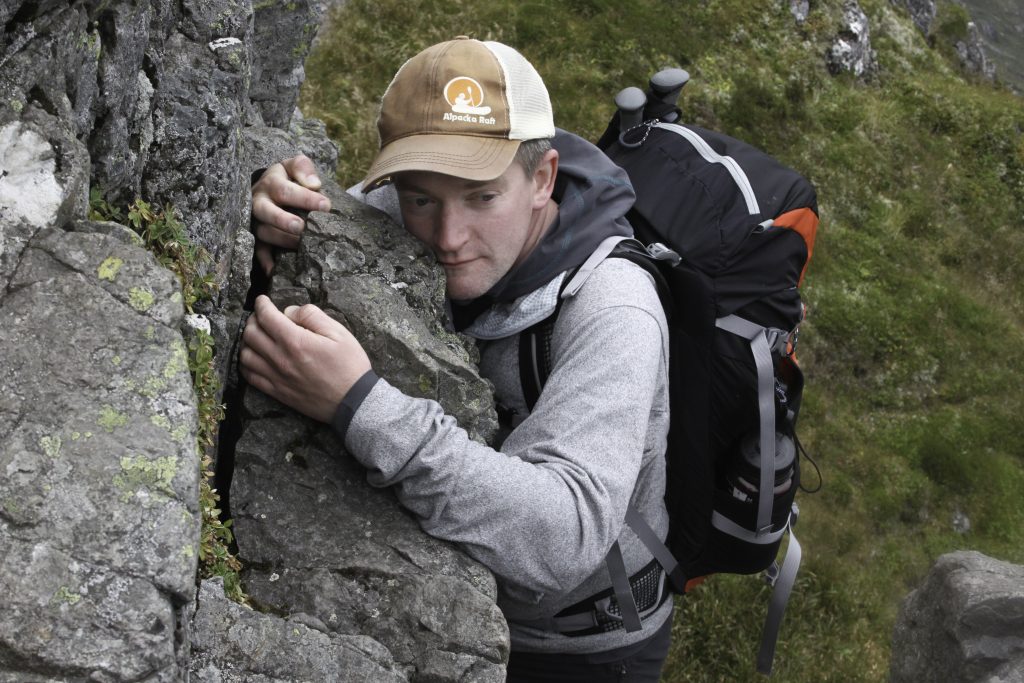
Meanwhile, on the Aonach Eagach, the mojo had kicked in, and the heady combination of exposed altitude, adrenaline and sheer delight, had resulted in a Peter Pan euphoria. Of course such exhilaration brings with it a certain danger, and by the time we reached the crux move of the Crazy Pinnacles, rather than nervously concealing an uncertain anxiety, I was having to restrain the desire to leap onto every piece of exposed rock shouting “hey, look at me Ma!” The crux move on the Crazy Pinnacles of the Aonach Eagach is a very exposed step out to the left with questionable handholds. I had watched a young man half my age struggle to complete it moments earlier, and so despite my state of mountain ecstasy, somewhere in my subconscious the Wendy-like voice of reason shouted loud enough to be heard, “maybe next time,” and I stepped to the right to where a good friend had told me there was a work around of much less risk. That most human instinct of self-preservation had kicked in and the words of alpinist and fellow Mancunian Don Whillans echoed around my head, “The Mountains will always be there, the trick is for you to be there as well.”
From the col beneath Stob Coire Leith all serious difficulties ceased, and we were able to fully take in the sheer magnificence of our situation in the landscape. On the summit of Sgorr nam Fiannaidh, at 967m the highest point on the ridge we paused for a late lunch before carefully picking our way through the clast strewn boulder fields of Cnap Glas.
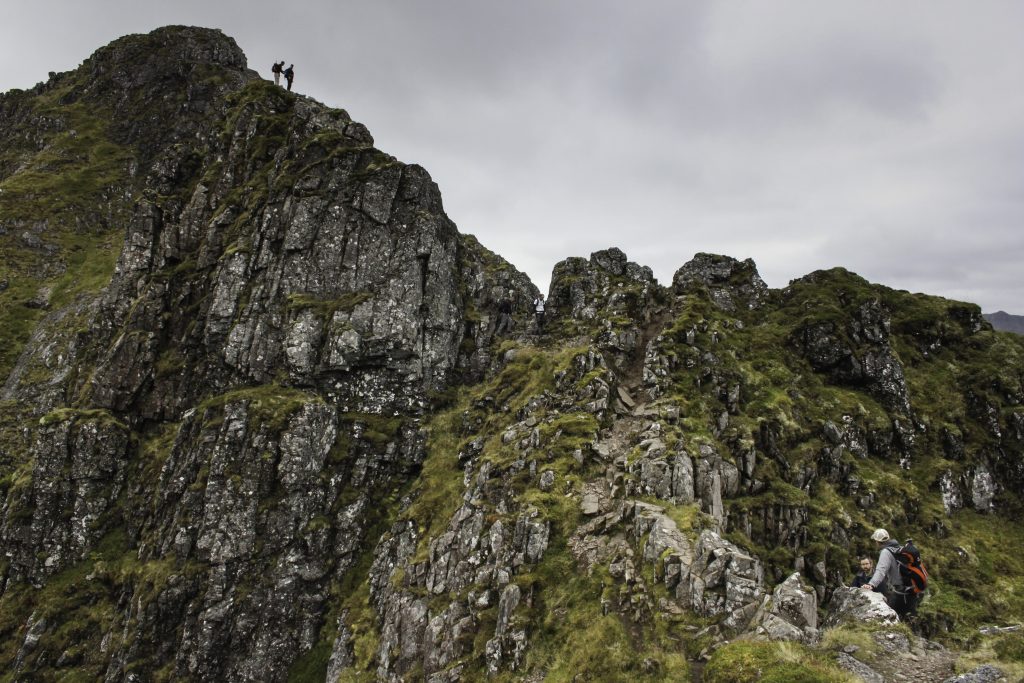
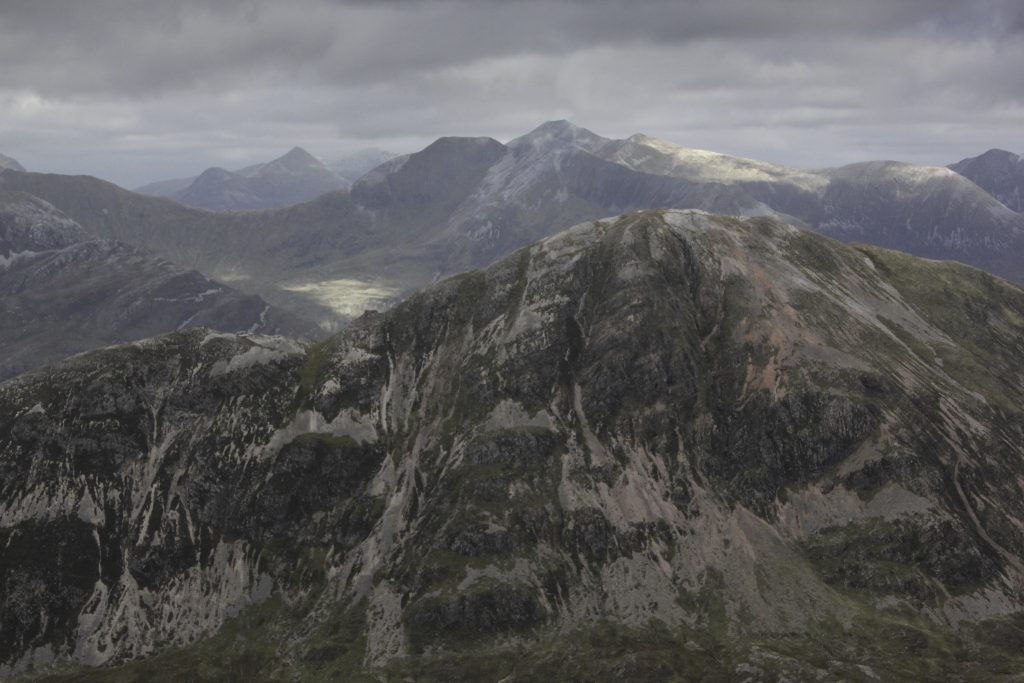
Arriving at the Red Squirrel campsite some eight hours after we set off, we were greeted by preparations for the various Glen Coe Marathon events to be held on the following day. On the road from Glencoe village signs had been erected proclaiming “Caution Walkers!” Caution indeed!
The appointed protocol demanded a rendezvous at the infamous Clachaig Inn, with ale aplenty and mountaineers’ tales as tall as any fisherman’s, but there was the small matter of getting my car back from the top of Glen Coe. Mick very kindly dropped me at the Three Sisters’ viewing point, and as I drove below the Titan ridge we had just traversed, instead of taking the turn for the Clachaig Inn, I swung out towards Glencoe village where the sun was beginning to set beyond the Meccano outline of the Balaculish Bridge. Somewhere to the west, beyond Loch Linnhe, beyond the crepuscular hills of Ardgour lay the Black Cuillin Ridge. A quick glance on the Internet confirmed that more than a Facebook group posting would be required in preparation to tackle that behemoth.
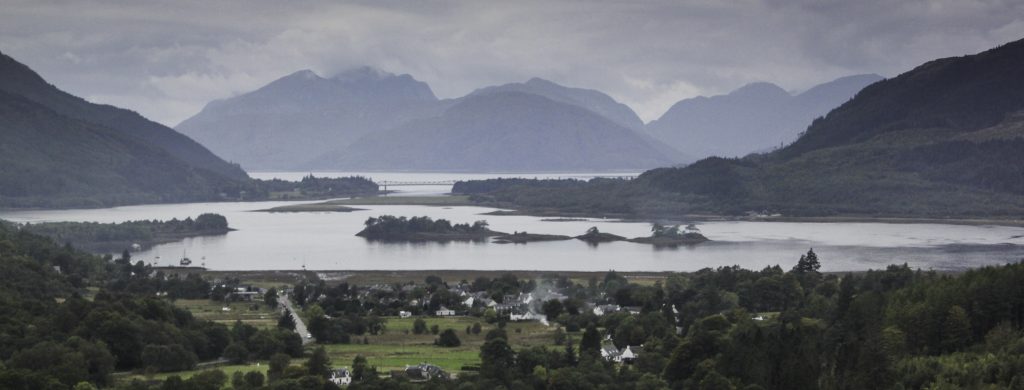
Route:
- From the north layby on the A82 just to the west of Allt-na-reigh climb the steep path to the summit of Am Bodach.
- With care descend the crag to the west of Am Bodach to reach the beginning of the ridge. Continue westwards without difficulties to the summit of Meall Dearg.
- With extreme care negotiate the ridge as it undulates westwards, crossing the “crazy pinnacles” to reach Stob Coire Leith.
- Easier ground rises to the summit of Sgorr nam Fiannaidh, the highest point along the ridge.
- Descent westwards following the steep path towards the village of Glencoe.
Distance: 10 km (6.2 miles)
Ascent: 1,070m
Time: 8 hours
Start/Finish: The path to the summit of Am Bodach starts from the north layby on the A82 just to the west of Allt-na-reigh. It is sensible if possible to leave a second vehicle somewhere at the western end of the ridge. If this is not possible then shanks’s pony or hitching a lift work just as well.
Maps:
Ordnance Survey 1:25,000 Explorer Map, Glen Coe & Glen Etive 384
Harvey’s Mountain Maps 1:40,000 Ben Nevis & Glen Coe
This article first appeared in the October 2016 edition of TGO Magazine.

